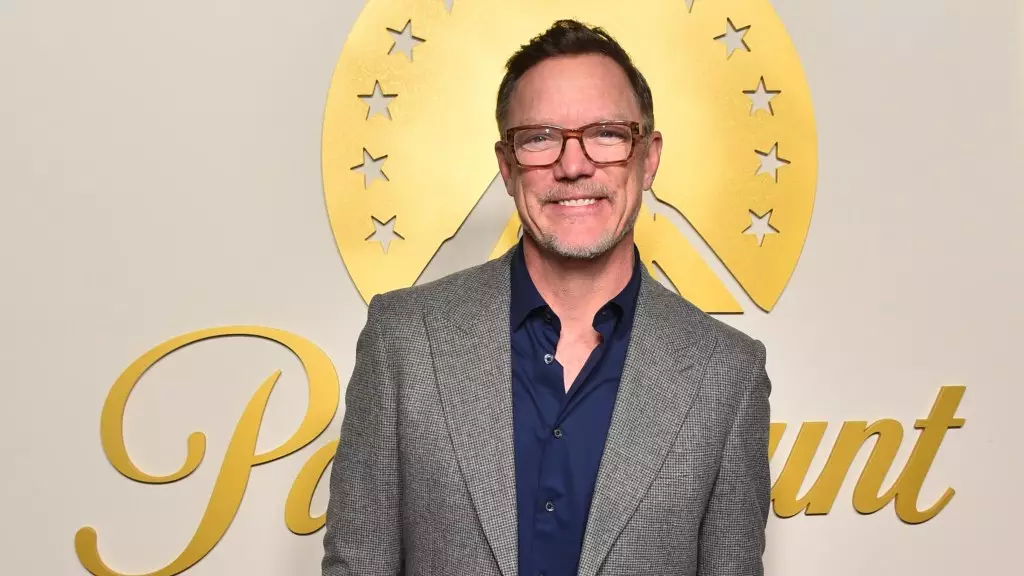In a world where nostalgia reigns supreme, the return of beloved characters to long-forgotten tales is both thrilling and trepidatious. This sentiment rings particularly true for actor Matthew Lillard, who is gearing up for his anticipated return to the iconic Scream franchise. The original film debuted in 1996, solidifying itself as a hallmark in horror cinema and spawning six sequels. Lillard’s portrayal of Stu Macher was pivotal, blending charm and menace in a manner that fans still celebrate. Yet, as he joins forces with original castmates at recent conventions, his candid reflections reveal a palpable fear of tarnishing that cherished legacy.
Fear of Imperfection
Lillard’s concerns about his return encapsulate the daunting challenge faced by many actors reprising celebrated roles. During a recent panel discussion, he conveyed a sense of vulnerability that is often masked in the celebrity world. “I could really suck,” he admitted, expressing his anxiety that his efforts to revive a character well-loved by fans could lead to disappointment. This candid admission stands in stark contrast to the typical bravado expected from actors, highlighting the intricate psychology involved in stepping back into a celebrated role. The burden of expectation weighs heavily, especially in a landscape where audiences are quick to critique and slow to forgive.
A Journey of Expectation and Innovation
The Scream franchise has evolved since its inception, navigating through various sequels and a shifting cultural climate. With the upcoming seventh installment set to air on February 27, 2024, the anticipation is mixed with a hint of apprehension. Can Lillard appropriately bridge the past with the present? While many fans hope for nostalgia to guide his performance, they also crave fresh innovation that pushes boundaries. This precarious balance of honoring the history of the franchise while seeking to revitalize it is no small feat, and Lillard’s fear reflects a broader concern within the industry as legacy sequels continue to dominate cinematic discourse.
The Frightening Reality of Legacy Sequels
Legacy sequels are at a crossroads—they risk becoming echoes of their predecessors. Look at other series within the genre, where the burden of nostalgia often leads to underwhelming performances that pale in comparison to the original. Lillard’s awareness of this reality is a commendable reminder of the stakes at play. It’s not merely about revisiting well-trodden paths but about crafting a narrative that resonates with both old fans and new audiences. This is the tightrope that he must walk in his return.
The Power of Fan Investment
Fans have a unique relationship with the Scream franchise that extends beyond mere entertainment; it’s woven into their identities. It’s this level of investment that can make or break revival efforts. While the actors may grapple with fears of inadequacy, the fans eagerly await a blend of nostalgia and innovation. The responsibility lies not just with Lillard, but also with the writers and directors tasked with refreshing the saga without dismantling its foundational lore.
In embracing both trepidation and hope, Lillard’s journey into the heart of Woodsboro becomes symbolic of a larger narrative: one that embodies the challenges of legacy in an era fueled by nostalgia.

Leave a Reply